Technological Advancements in Treatment
Technological innovations in treatment modalities are transforming the Hemifacial Spasm Market. The introduction of advanced techniques such as botulinum toxin injections and surgical interventions has significantly improved patient outcomes. For instance, botulinum toxin type A has emerged as a first-line treatment, with studies indicating that approximately 80% of patients experience substantial relief from symptoms. Furthermore, the development of minimally invasive surgical techniques has reduced recovery times and improved safety profiles, making these options more appealing to patients. As these technologies continue to evolve, they are expected to enhance the overall efficacy of treatments available in the Hemifacial Spasm Market, thereby attracting more patients seeking relief from their symptoms.
Increasing Prevalence of Hemifacial Spasm
The rising incidence of hemifacial spasm is a notable driver in the Hemifacial Spasm Market. This condition, characterized by involuntary muscle contractions on one side of the face, affects a significant number of individuals, particularly those aged 40 and above. Recent estimates suggest that the prevalence of hemifacial spasm may be as high as 10 per 100,000 individuals. As awareness of this condition grows, more patients are seeking medical attention, thereby increasing the demand for treatment options. This trend is likely to propel the Hemifacial Spasm Market forward, as healthcare providers are prompted to develop and offer more effective therapies to address the needs of this expanding patient population.
Growing Investment in Research and Development
Investment in research and development (R&D) is a critical driver for the Hemifacial Spasm Market. Pharmaceutical companies and research institutions are increasingly focusing on understanding the underlying mechanisms of hemifacial spasm, which may lead to the discovery of novel therapeutic agents. Recent funding trends indicate a surge in financial support for studies aimed at exploring new treatment options, including gene therapy and neuromodulation techniques. This influx of investment not only fosters innovation but also enhances the competitive landscape of the Hemifacial Spasm Market. As new therapies emerge from R&D efforts, they are likely to provide patients with more effective and personalized treatment options.
Rising Demand for Non-Surgical Treatment Options
The growing preference for non-surgical treatment options is shaping the Hemifacial Spasm Market. Patients are increasingly inclined to seek less invasive therapies that offer effective symptom relief without the risks associated with surgical procedures. This trend is evident in the rising popularity of botulinum toxin injections, which have become a standard treatment for hemifacial spasm. Market data indicates that the non-surgical segment is expected to witness substantial growth, driven by patient demand for convenience and reduced recovery times. As healthcare providers adapt to these preferences, the Hemifacial Spasm Market is likely to see a shift towards more non-invasive treatment modalities, catering to the evolving needs of patients.
Enhanced Patient Education and Awareness Programs
Enhanced patient education and awareness programs are playing a pivotal role in the Hemifacial Spasm Market. As healthcare providers implement initiatives to inform patients about hemifacial spasm, its symptoms, and available treatment options, more individuals are likely to seek medical advice. This increased awareness can lead to earlier diagnosis and intervention, which is crucial for effective management of the condition. Furthermore, educational campaigns are fostering a better understanding of the importance of treatment adherence, thereby improving patient outcomes. As these programs gain traction, they are expected to contribute positively to the growth of the Hemifacial Spasm Market, as more patients become proactive in managing their health.
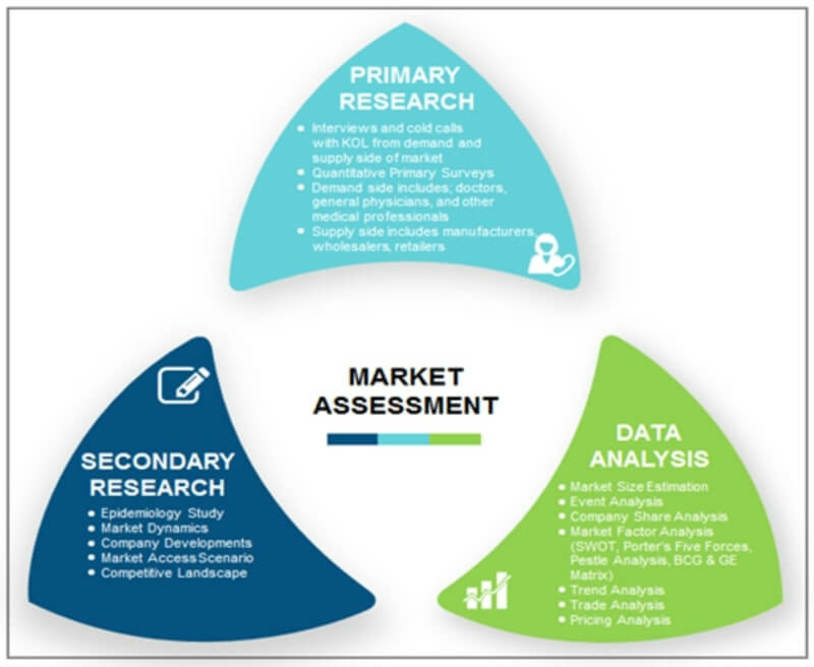

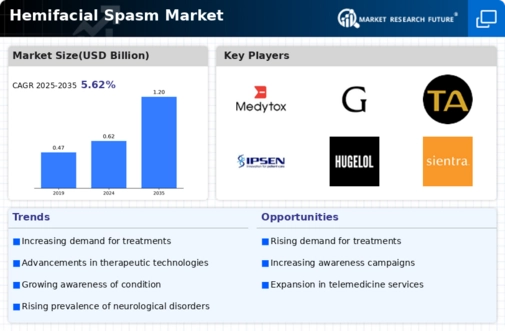
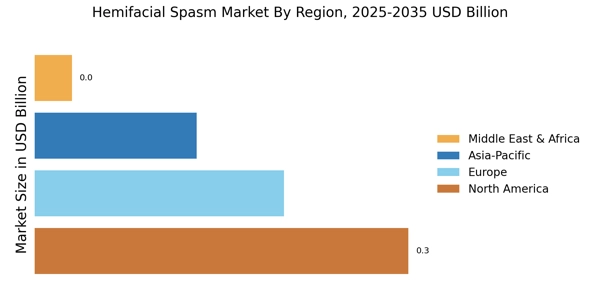
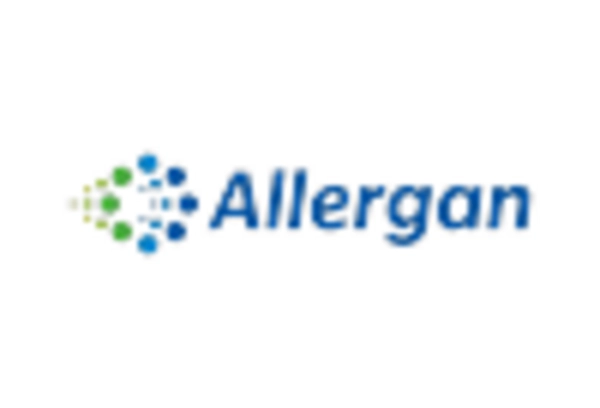
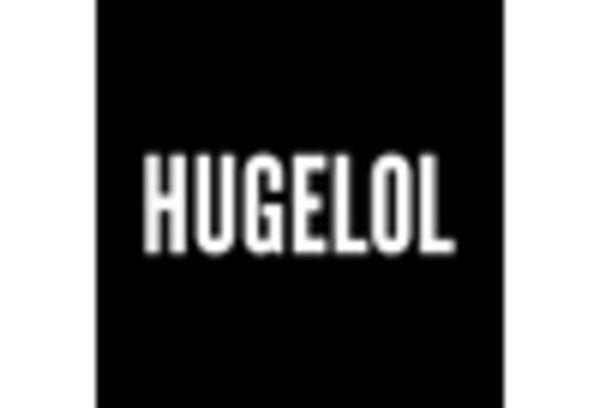
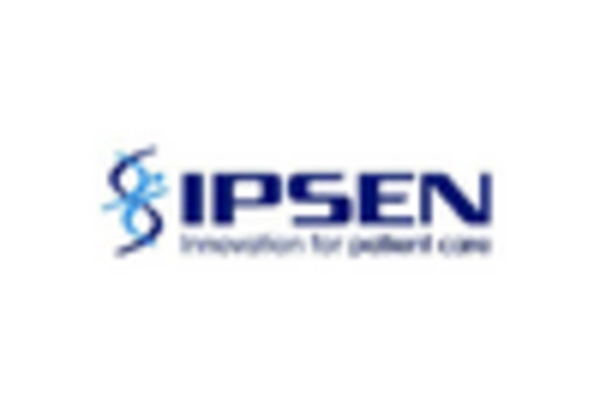
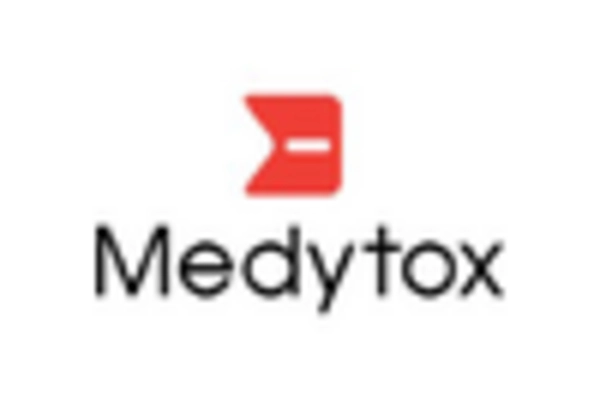
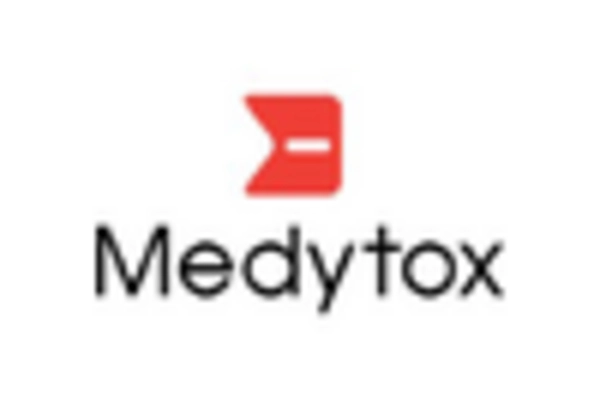
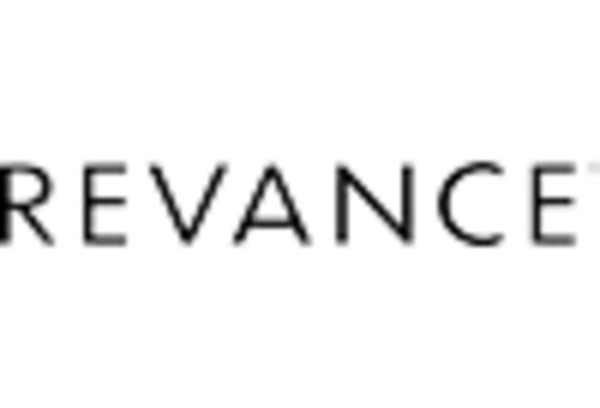








Leave a Comment